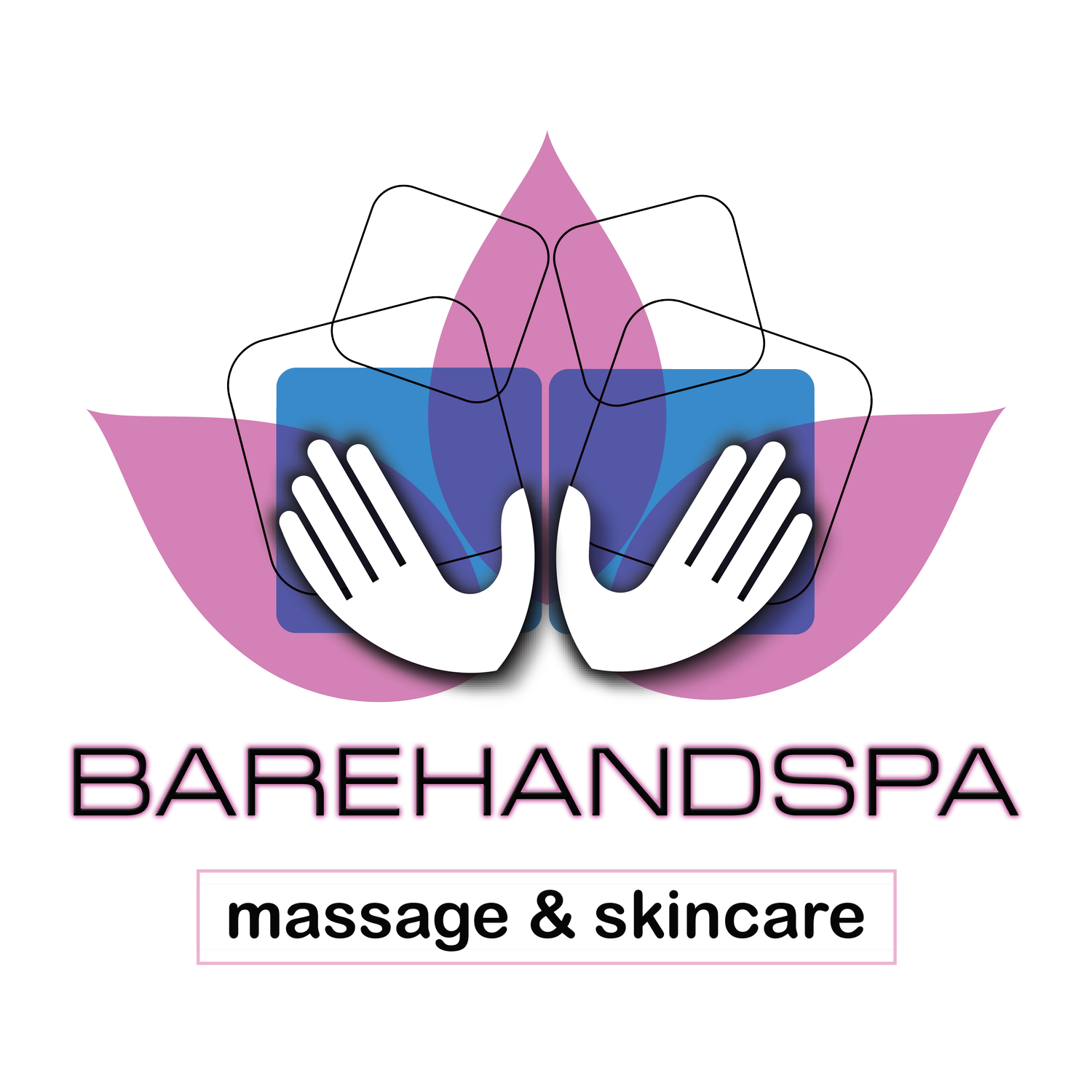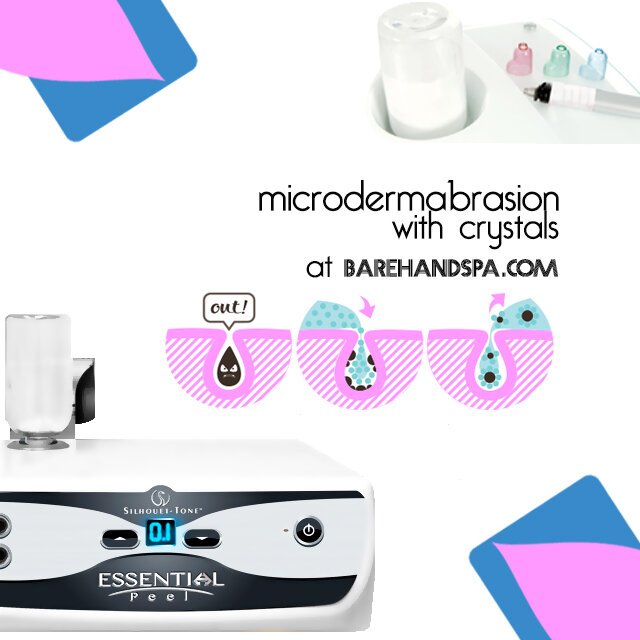What is a Microdermabrasion?
Microdermabrasion is a non-invasive skincare procedure that involves exfoliating the outer layer of the skin, known as the stratum corneum. This exfoliation is typically performed using a handheld device that sprays fine crystals or uses a diamond-tipped wand to remove dead skin cells and impurities from the surface of the skin.
The procedure works by gently abrading the skin, promoting the renewal of skin cells, and stimulating collagen production. As the top layer of dead skin cells is removed, the skin becomes smoother and brighter, and fine lines, wrinkles, and minor skin imperfections may be diminished. Additionally, microdermabrasion can help to improve the skin's texture, tone, and overall appearance.
Microdermabrasion is a popular treatment for various skin concerns, including:
Dull or uneven skin tone: It can brighten the complexion and even out the skin tone, revealing a more radiant and youthful appearance.
Fine lines and wrinkles: Promoting collagen production and skin cell turnover may reduce the visibility of fine lines and wrinkles over time.
Acne and acne scars: It can help unclog pores and reduce the appearance of mild acne scars.
Sun damage: It may lessen the effects of sun damage, such as age spots and hyperpigmentation.
Congested or enlarged pores: Microdermabrasion can help improve the appearance of enlarged or clogged pores.
The treatment is usually painless and requires no downtime, making it suitable for individuals with busy lifestyles. It is generally considered safe for most skin types.
Microdermabrasion is an effective and gentle procedure that can leave your skin looking refreshed, revitalized, and with a renewed glow.
What technology we use?
Microdermabrasion can be performed using two main techniques: crystal microdermabrasion and diamond-tipped microdermabrasion. Both methods achieve exfoliation and skin rejuvenation but differ in how they exfoliate the skin.
Crystal Microdermabrasion: In this technique, a handheld device is used to spray fine crystals onto the skin's surface. These crystals are typically made of aluminum oxide or sodium bicarbonate. The device simultaneously delivers the crystals and suctions them back up along with the exfoliated dead skin cells and debris. The crystals act as an abrasive agent, gently scrubbing away the outer layer of the skin (stratum corneum). The device's suction aspect helps remove the crystals and exfoliate the skin, leaving the skin smoother and refreshed.
Diamond-tipped Microdermabrasion: In diamond-tipped microdermabrasion, the handheld device has a diamond-coated wand or tip instead of using crystals. The diamond-tipped wand is moved across the skin's surface, manually exfoliating and removing dead skin cells. The diamond-tipped wand is available in various coarseness levels, allowing the esthetician to adjust the intensity of exfoliation based on the client's skin type and concerns. Like the crystal microdermabrasion, a suction component is also involved to vacuum up the exfoliated skin cells and debris.
Crystal and diamond-tipped microdermabrasion are highly effective methods for exfoliating the skin and boosting collagen production. This leads to a more youthful complexion and smoother skin texture with fewer fine lines. Choosing between these two methods may be important depending on individual factors such as skin sensitivity and type. For instance, if you have very mature and sensitive skin with a crepe texture, crystal microdermabrasion may be a better option as it is gentler on this type of skin. Conversely, if your skin is young or in your 30s or 40s and has signs of sun damage and fine lines, diamond-tipped microdermabrasion may be the best choice as it can penetrate more deeply into the skin.
Regardless of the technique, microdermabrasion is a non-invasive and relatively gentle procedure requiring no downtime. It is suitable for various skin types and can be beneficial in addressing a range of skin concerns, including dullness, uneven texture, fine lines, and mild acne scars.



